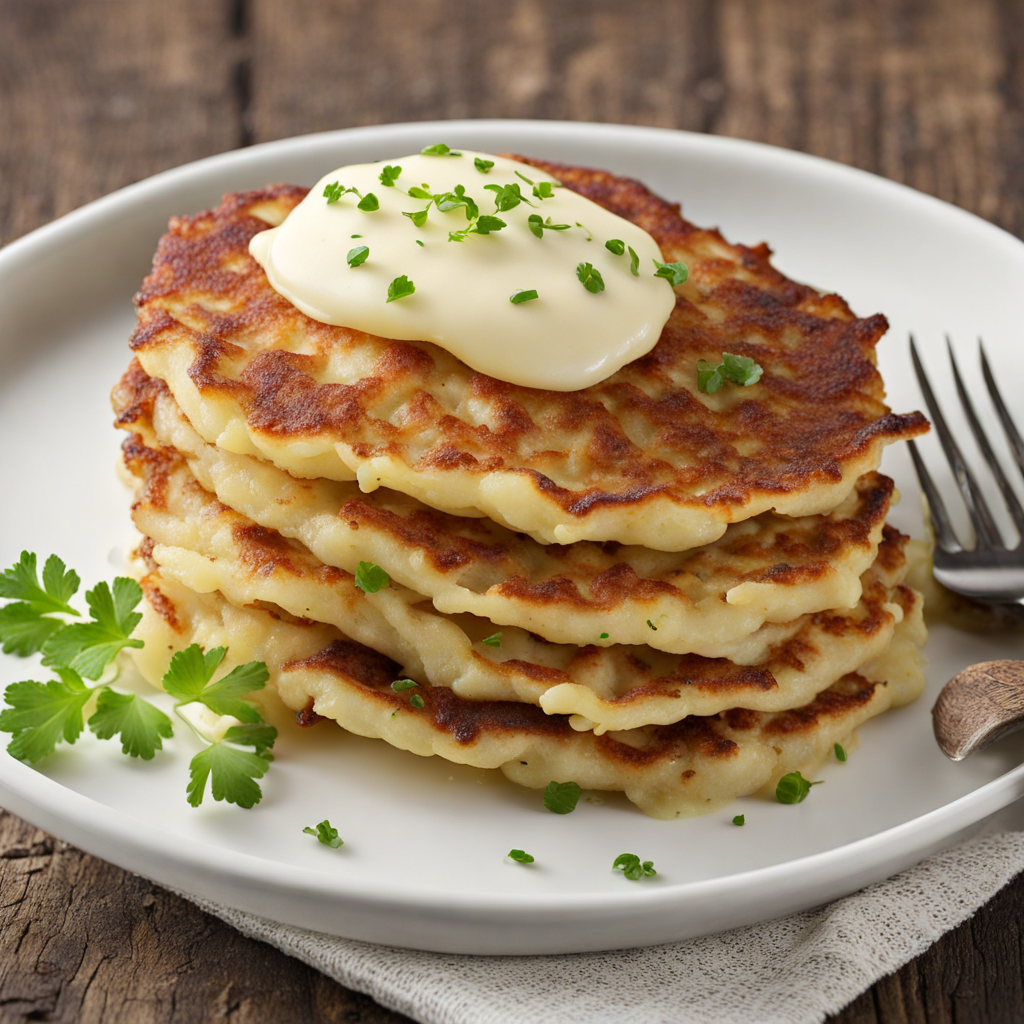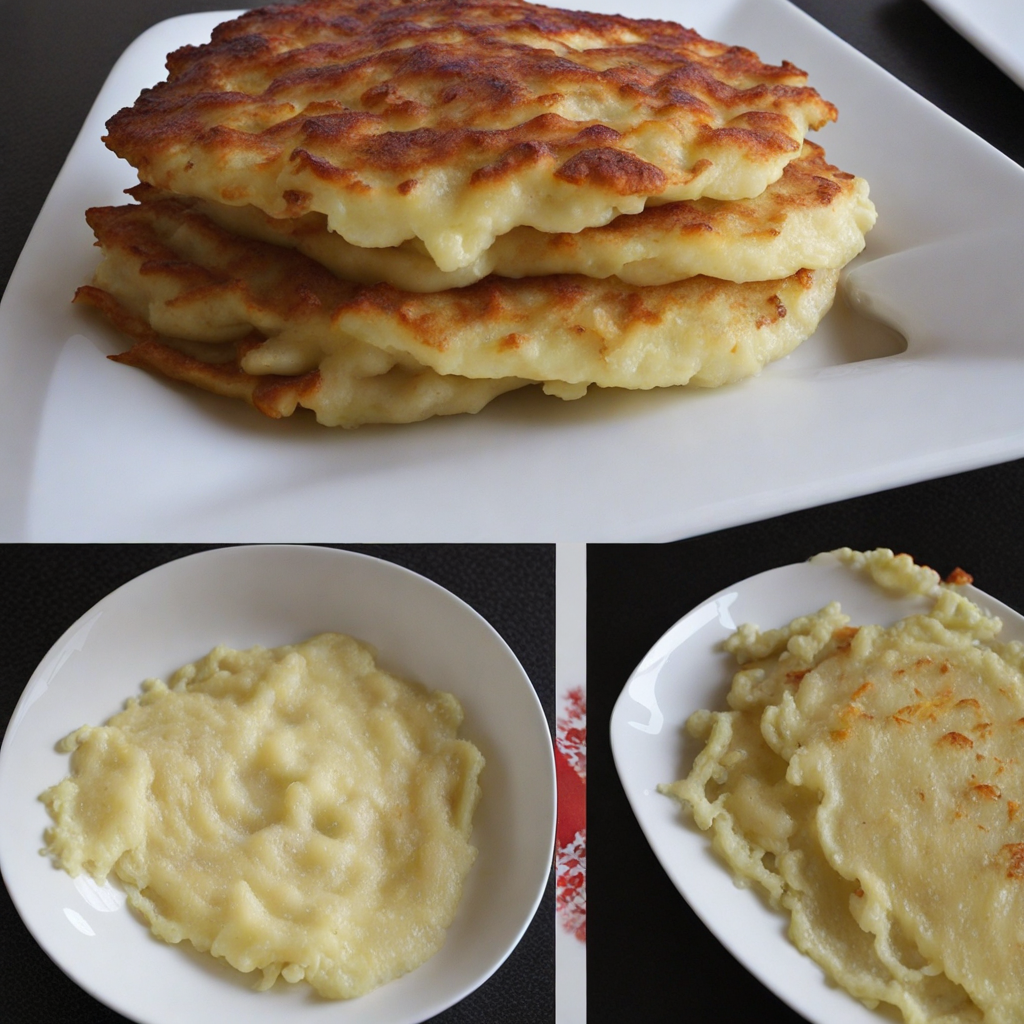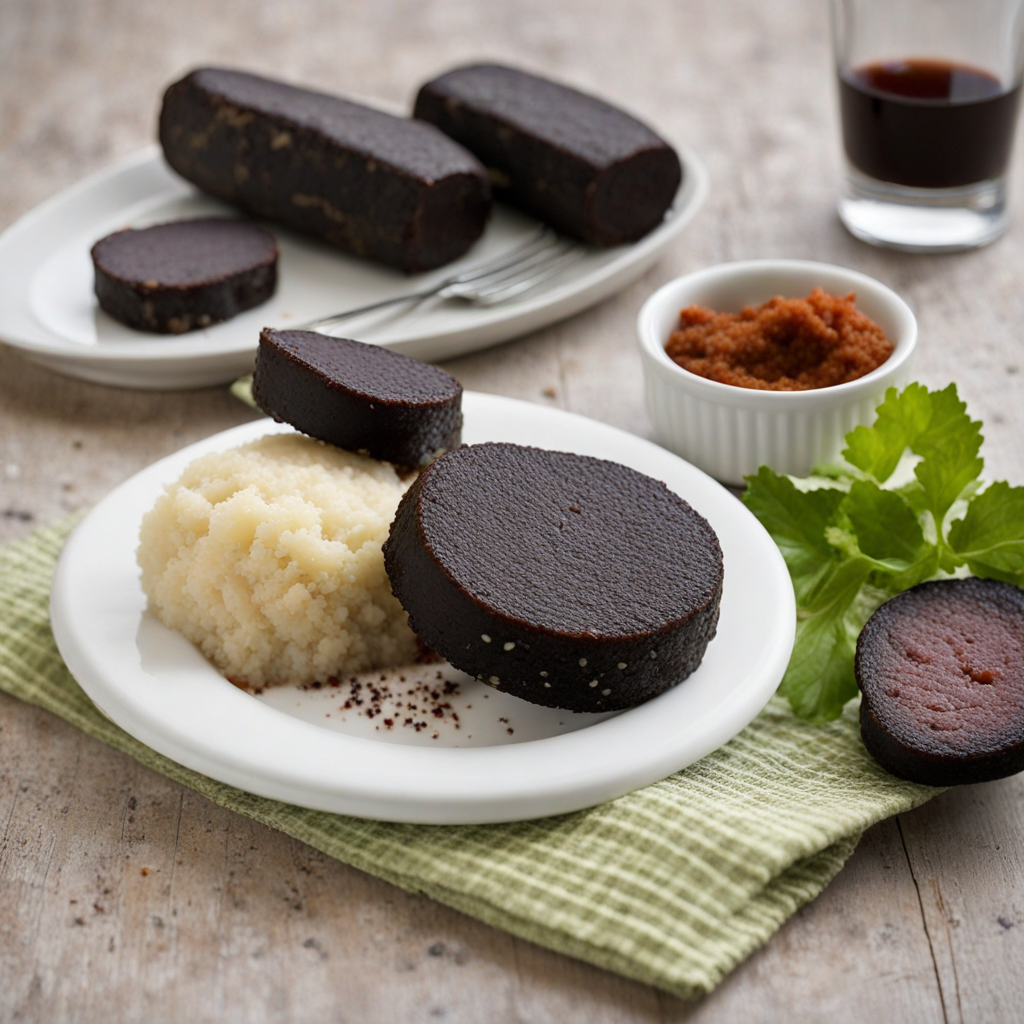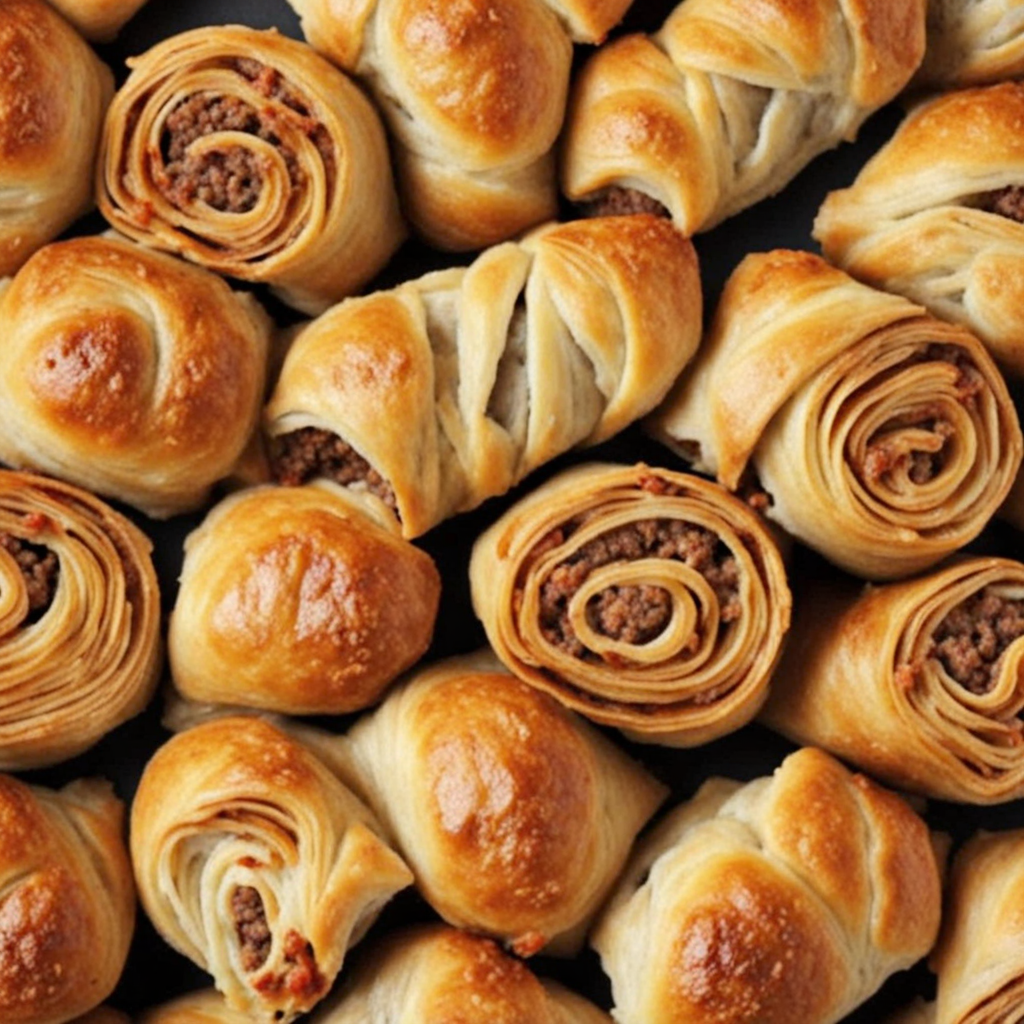Boxty
Boxty is a traditional Irish potato dish that embodies the rustic charm of Irish cuisine. This unique preparation showcases the versatility of the potato, which is a staple ingredient in Ireland. Boxty is made by grating raw potatoes and mixing them with cooked, mashed potatoes, flour, and baking powder, creating a batter that is then shaped into pancakes or dumplings. The mixture is typically seasoned with salt and can be further enhanced with herbs or spices, depending on personal preference. The combination of textures from the creamy mashed potatoes and the slightly crunchy grated potatoes makes each bite a delightful experience. Cooking methods for Boxty can vary, with the most common being frying on a griddle or baking in the oven. When cooked, the exterior develops a golden-brown crust while the inside remains soft and fluffy. This dish is often served as a side with hearty stews or meats, but it can also stand alone as a satisfying meal. Some variations incorporate additional ingredients like onions or scallions, adding a subtle sweetness and depth of flavor that perfectly complements the earthiness of the potatoes. Boxty can be enjoyed at any meal throughout the day, making it a versatile addition to the culinary landscape. It is often accompanied by traditional Irish condiments such as butter, sour cream, or even a drizzle of honey for those who enjoy a hint of sweetness. Whether you’re experiencing Boxty in a cozy pub or trying your hand at making it at home, this dish offers a delightful taste of Ireland’s rich culinary heritage, inviting you to savor the simplicity and comfort of potatoes done right.
How It Became This Dish
Origin of Bacstaí Bacstaí, a traditional Irish dish, has roots that trace back to the rural communities of Ireland. The name itself is derived from the Irish word "bacsta," which translates to "mixed" or "mash." This name reflects the dish's primary characteristic: a combination of various ingredients, typically including potatoes, cabbage, and other seasonal vegetables. The origins of Bacstaí can be linked to the agricultural practices of the 18th and 19th centuries when the reliance on locally sourced produce became fundamental to sustenance in Irish households. The dish gained prominence during the Great Famine of the 1840s, a period of devastating food scarcity caused by the potato blight. During this time, Irish families had to become resourceful with what little they had. Bacstaí emerged as a practical solution to utilize leftover vegetables and grains, which were often mixed with the ubiquitous potato. The ability to adapt ingredients according to availability made Bacstaí a staple food among the peasantry, ensuring that nothing went to waste. Cultural Significance of Bacstaí Bacstaí is more than just a dish; it is a cultural symbol of resilience and community in Irish history. It represents the ingenuity of the Irish people in the face of adversity. Sharing a meal of Bacstaí often brought families and neighbors together to celebrate abundance, even when times were hard. The communal aspect of the dish is significant; as families gathered around the table, they not only nourished their bodies but also strengthened their social bonds. In Irish folklore, food plays a vital role, and Bacstaí is no exception. It is often mentioned in tales that emphasize the importance of hospitality in Irish culture. Offering a bowl of Bacstaí to a visitor or a traveler was a way to extend warmth and welcome. Furthermore, the dish is frequently associated with traditional Irish music sessions, where hearty meals fuel the celebrations and storytelling that accompany the tunes. Ingredients and Preparation Traditionally, Bacstaí consists of a variety of ingredients that reflect the seasons and what was readily available. The base of the dish is usually a mash of boiled potatoes, which serves as a hearty foundation. Cabbage is often added, along with other vegetables such as carrots, turnips, and parsnips. These ingredients are typically seasoned with salt and pepper and sometimes enriched with butter or cream for added flavor. The preparation of Bacstaí is simple and rustic, emphasizing the importance of technique over complexity. The vegetables are boiled until tender and then mashed together, creating a vibrant mixture that showcases the colors and flavors of the ingredients. This simplicity is what has allowed Bacstaí to endure through generations, as it can be easily modified to suit individual tastes and dietary needs. In modern times, variations may include the addition of meat, such as bacon or sausage, transforming it into a heartier meal. Modern Adaptations and Popularity As Ireland has evolved over the years, so too has Bacstaí. In contemporary cuisine, the dish has seen a revival, with chefs and home cooks alike embracing traditional recipes while adding modern twists. Today, Bacstaí can be found on menus in gastropubs and restaurants, often presented with a gourmet flair. Chefs may incorporate local artisanal ingredients, such as organic potatoes or heritage varieties of cabbage, to elevate the dish. The rise of the farm-to-table movement has also contributed to Bacstaí’s resurgence. As more people seek to connect with their food sources, there has been a renewed interest in traditional dishes that highlight seasonal produce. Food festivals and culinary events across Ireland often feature Bacstaí as a nod to the country’s agricultural heritage, showcasing its ability to adapt and flourish in a contemporary context. Bacstaí in Irish Festivals and Celebrations Bacstaí is often featured in various Irish festivals and events, celebrating not just the dish itself but also the cultural heritage it represents. During St. Patrick’s Day festivities, for instance, Bacstaí is a popular choice for gatherings, as families and friends come together to enjoy traditional Irish fare. The dish also appears during Christmas and other family celebrations, symbolizing warmth and togetherness. The dish has transcended its humble beginnings and is now celebrated in various forms across the globe, particularly in places with a strong Irish diaspora. From the pubs of Boston to the streets of Sydney, Bacstaí has found its way into the hearts and kitchens of those wishing to connect with their Irish roots. This international presence reinforces the notion that Bacstaí is not merely a meal; it is a profound expression of Irish identity and heritage. Conclusion and Future of Bacstaí Looking ahead, Bacstaí seems poised to continue its journey through time as it adapts to the changing food landscape. As global cuisine becomes increasingly interconnected, there is potential for Bacstaí to inspire fusion dishes that blend traditional Irish flavors with culinary influences from other cultures. Whether it remains a classic comfort food or evolves into something new, Bacstaí will undoubtedly retain its significance as a symbol of Irish resilience and community spirit. With the ongoing interest in sustainable eating, the emphasis on local ingredients may also further enrich the legacy of Bacstaí. As more people seek to honor their cultural roots while being mindful of the environment, Bacstaí offers a delicious and meaningful way to connect with both history and the present. This dish, with its rich past and adaptability, is a testament to the enduring nature of food as a vehicle for cultural expression and human connection.
You may like
Discover local flavors from Ireland







